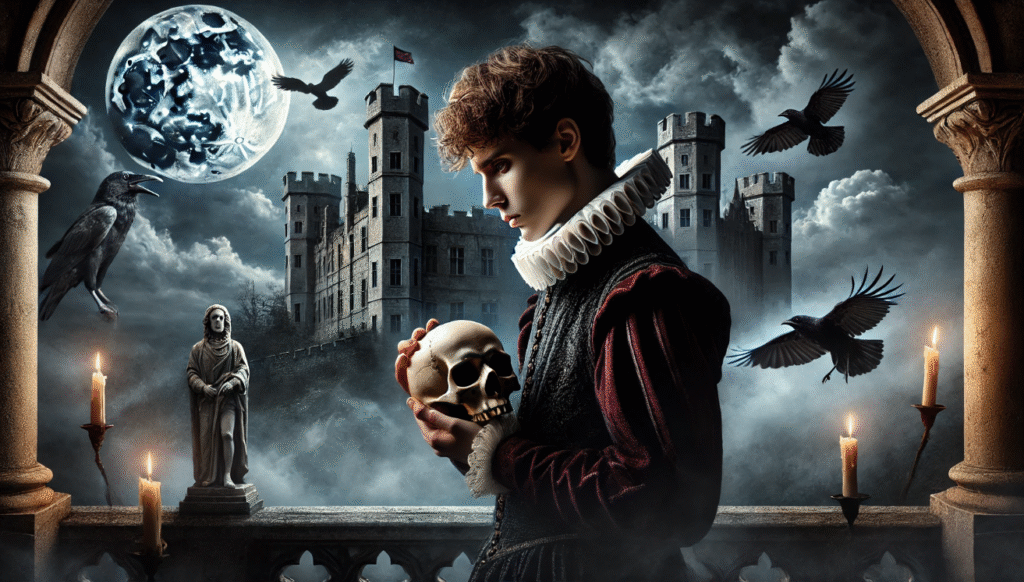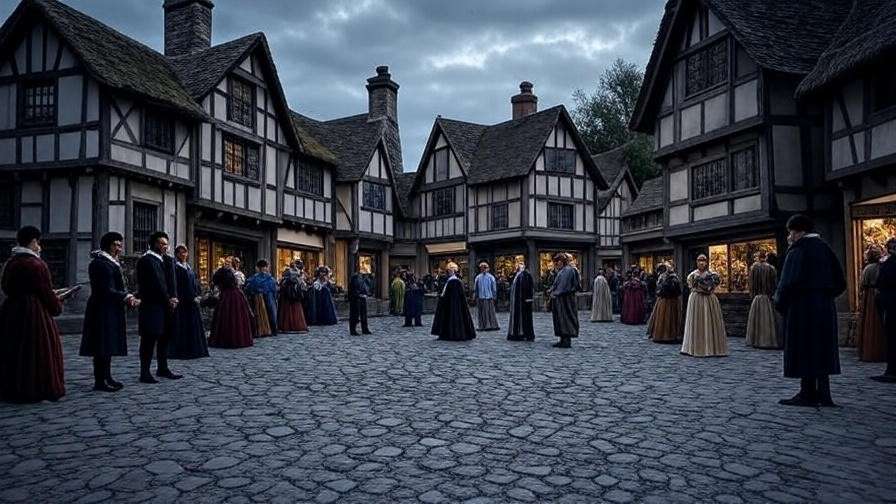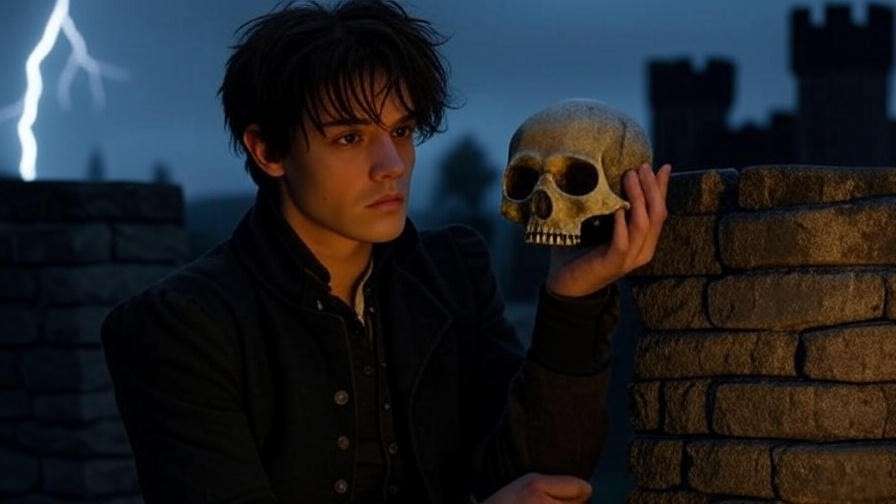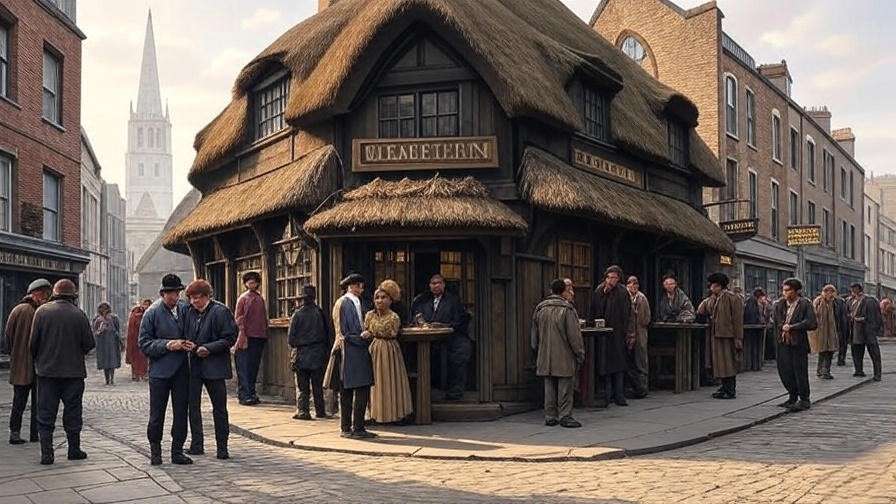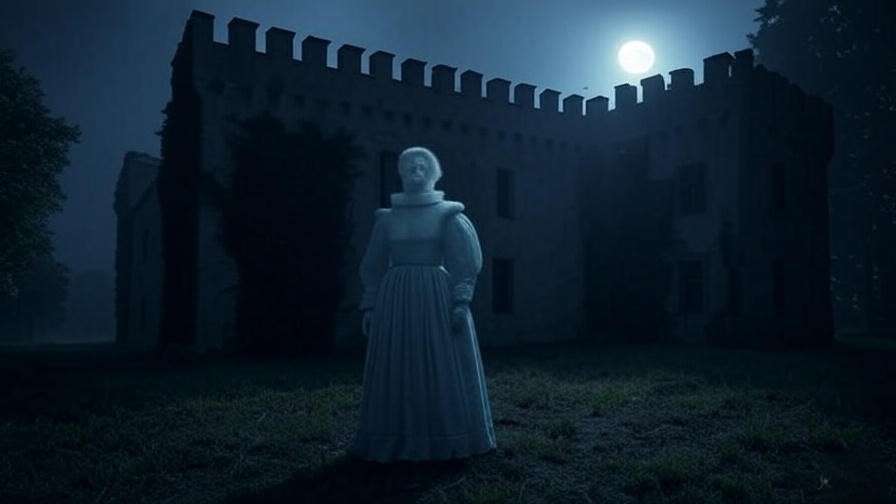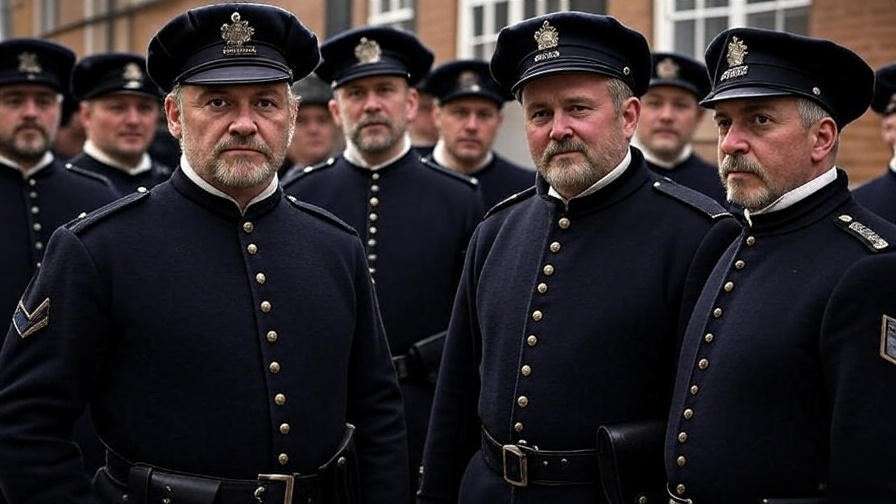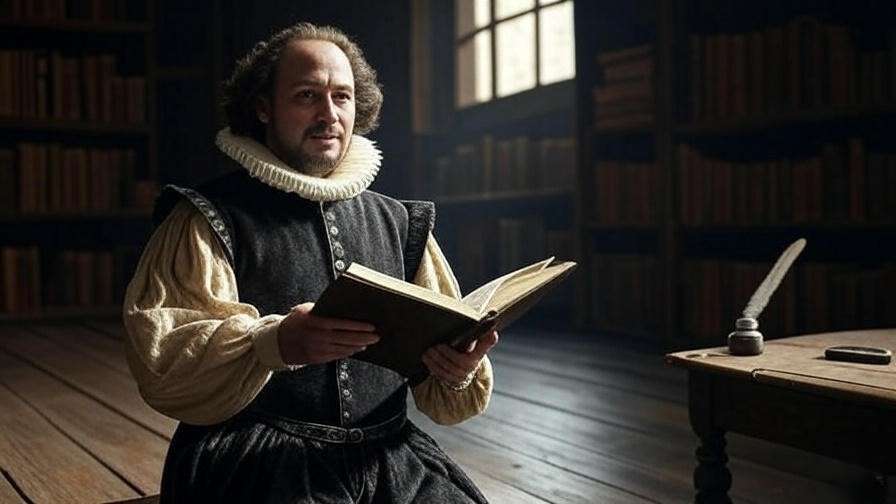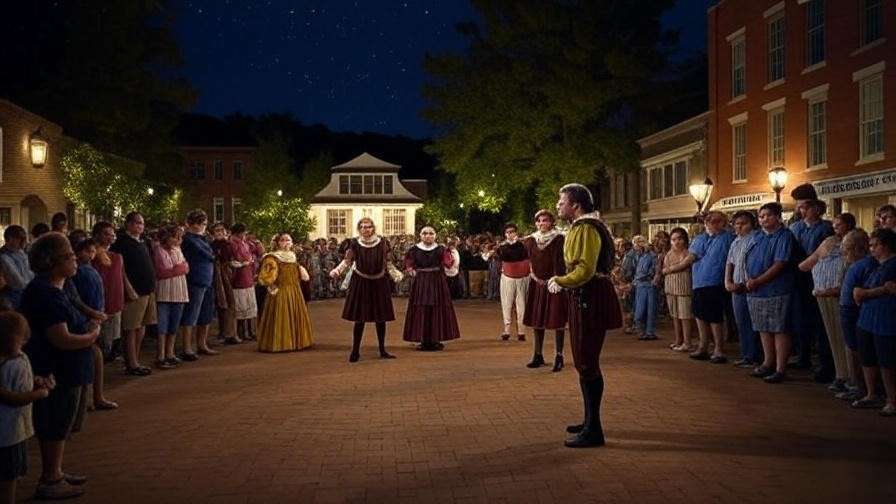What makes a 400-year-old play feel as urgent today as it did in Shakespeare’s time? Hamlet, William Shakespeare’s timeless tragedy, grips readers and audiences with its raw exploration of the human condition. Within its intricate tapestry of revenge, madness, and existential questioning lie 7 Hamlets—distinct lenses through which this masterpiece reveals its depth. Whether you’re a student grappling with its complexity, a theatergoer seeking richer context, or a curious mind drawn to its universal themes, this article unravels Hamlet’s layers with clarity and insight. As a Shakespeare enthusiast with years of studying and teaching his works, I draw on scholarly resources like the Folger Shakespeare Library and insights from experts like Harold Bloom to guide you through this literary labyrinth, offering a fresh perspective on why Hamlet remains a cultural cornerstone.
Why Hamlet Remains a Cultural and Literary Phenomenon
A Universal Story of Human Conflict
Hamlet resonates because it mirrors the struggles we all face: indecision, betrayal, and the search for meaning. At its core, the play follows Prince Hamlet’s quest to avenge his father’s murder, a journey fraught with moral ambiguity and emotional turmoil. The famous question, “To be or not to be,” isn’t just poetic—it’s a raw confrontation with existence itself, echoing modern anxieties about purpose and mortality. From Elizabethan audiences to today’s readers, Hamlet’s themes of revenge, identity, and loss transcend time, making it a mirror for our own inner conflicts.
Shakespeare’s Genius in Crafting Complexity
Shakespeare’s mastery lies in his ability to weave complex characters with layered motivations. Hamlet’s soliloquies—intimate, introspective monologues—reveal a mind wrestling with doubt and duty. Lines like “O, what a rogue and peasant slave am I” expose his self-loathing and ambition, drawing readers into his psyche. Scholar Harold Bloom calls Hamlet “the most aware and knowing of all literary characters,” a testament to Shakespeare’s skill in crafting psychological realism. This depth, paired with rich imagery and wordplay, elevates Hamlet beyond a simple revenge tale into a profound exploration of humanity.
The Play’s Enduring Relevance
Hamlet’s adaptability keeps it alive in modern culture. Kenneth Branagh’s 1996 film brought its grandeur to the screen, while Michael Almereyda’s 2000 adaptation reimagined it in a corporate world, proving its versatility. The play’s themes resonate in discussions of mental health—Hamlet’s apparent madness mirrors today’s focus on psychological struggles—or political intrigue, as seen in Claudius’s machinations. By addressing universal human experiences, Hamlet remains a lens through which we view our world, from personal dilemmas to societal power struggles.
The 7 Hamlets: Exploring Diverse Interpretations
Hamlet as the Tragic Hero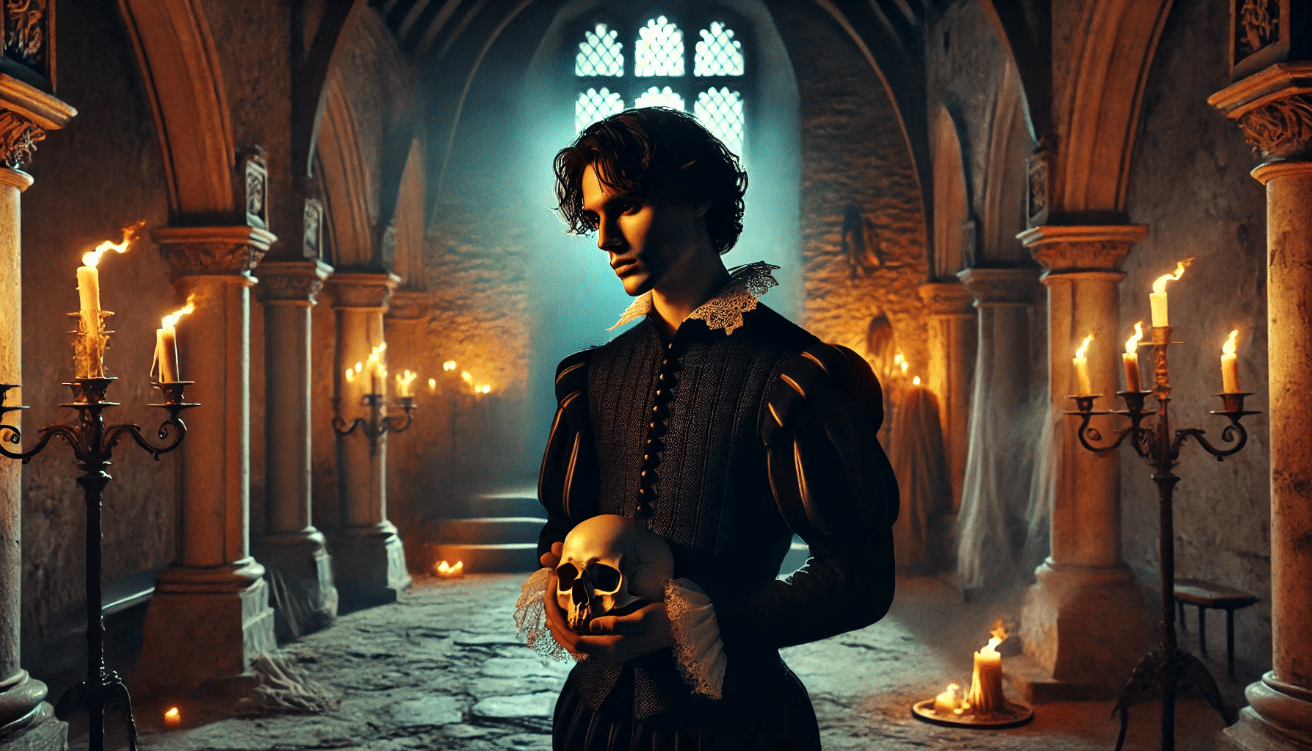
Hamlet embodies the classic tragic hero, a noble figure undone by his flaws. His indecision—hesitating to kill Claudius despite the Ghost’s command—drives the play’s tragedy. This internal conflict, torn between duty and doubt, makes him relatable. For instance, his reluctance to act mirrors our own moments of paralysis when faced with life-altering choices. By viewing Hamlet as a tragic hero, readers can explore the cost of inaction and the weight of moral responsibility, a perspective that resonates deeply with anyone navigating complex decisions.
Hamlet as a Psychological Study
Is Hamlet truly mad, or is his madness a calculated act? This question has fueled centuries of debate. His erratic behavior—taunting Polonius or confronting Ophelia—suggests a fractured mind, yet his lucid soliloquies reveal sharp intellect. Psychoanalytic scholars like Sigmund Freud and Jacques Lacan argue Hamlet’s turmoil stems from unresolved grief and Oedipal tensions with Claudius and Gertrude. This lens invites readers to explore Hamlet as a study of mental health, offering insights into how grief and pressure can unravel even the sharpest minds.
Hamlet as a Political Thriller
Beyond personal drama, Hamlet unfolds as a gripping political thriller. Claudius’s usurpation of the throne sets a backdrop of betrayal and ambition, with Denmark’s court rife with espionage and power plays. Hamlet’s “Mousetrap” play, designed to expose Claudius’s guilt, mirrors modern whistleblower tactics. This perspective aligns Hamlet with contemporary political scandals, where hidden truths and corruption dominate headlines. Readers intrigued by power dynamics will find this lens particularly compelling, as it reveals Shakespeare’s keen insight into governance and deceit.
Hamlet as a Philosophical Meditation
Hamlet wrestles with life’s biggest questions: What is the meaning of existence? What lies beyond death? The “To be or not to be” soliloquy ponders suicide and the fear of the unknown, while the graveyard scene, with Yorick’s skull, confronts mortality head-on. This philosophical lens invites readers to reflect on their own beliefs about life, death, and morality. For those seeking deeper meaning, Hamlet offers a space to grapple with existential questions, making it a timeless meditation on the human experience.
Hamlet as a Feminist Critique
The women in Hamlet—Ophelia and Gertrude—offer a lens to examine gender dynamics. Ophelia’s descent into madness and death raises questions about her agency in a male-dominated world, while Gertrude’s quick remarriage to Claudius sparks debate about her autonomy. Feminist scholar Elaine Showalter argues that Ophelia’s tragedy reflects the constraints of Elizabethan patriarchy. This perspective encourages readers to question how gender shapes power and tragedy, connecting Hamlet to modern discussions of equality and representation.
Hamlet as a Theatrical Experiment
Shakespeare pushes theatrical boundaries in Hamlet, particularly through the play-within-a-play, “p.” This meta-theatrical device, where Hamlet stages a performance to trap Claudius, showcases his cunning and Shakespeare’s innovation. It blurs the line between reality and performance, inviting audiences to question truth and illusion. Theater enthusiasts will appreciate how this lens highlights Shakespeare’s experimentation, making Hamlet a bold commentary on the power of art to reveal hidden truths.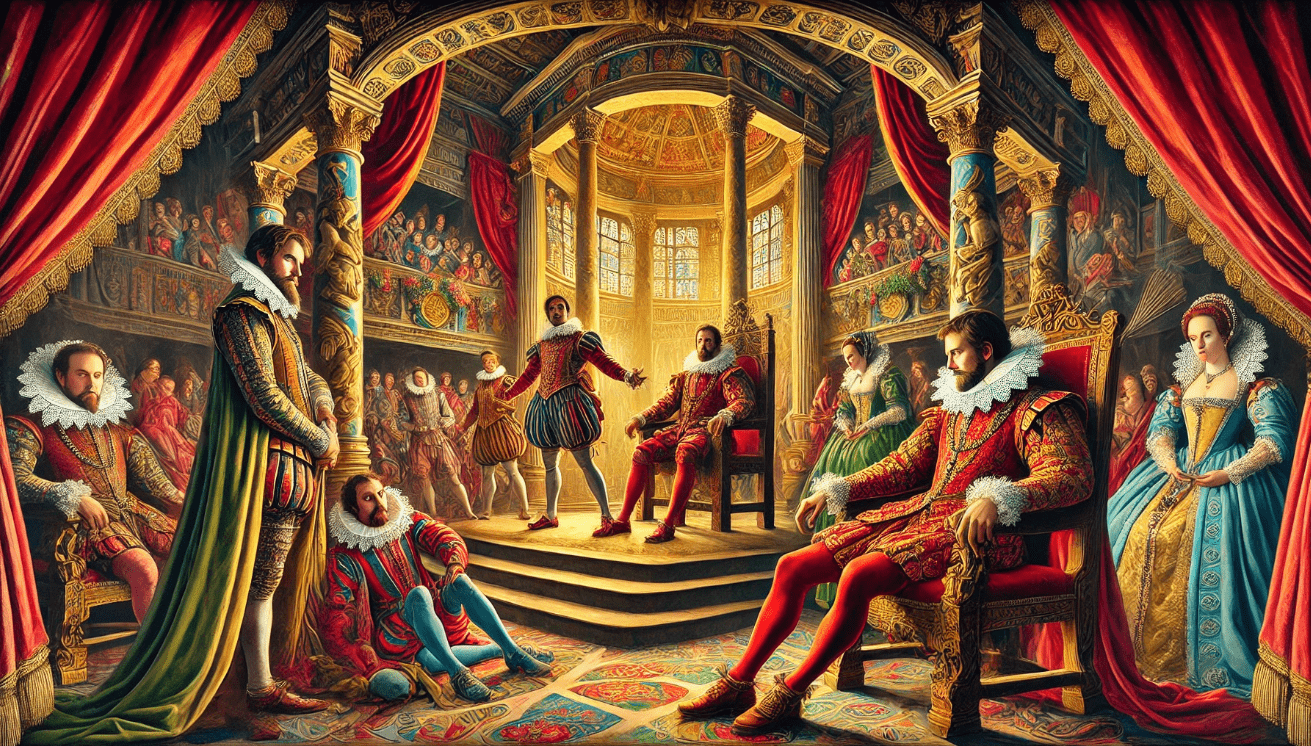
Hamlet as a Cultural Mirror
Hamlet adapts effortlessly across cultures, reflecting diverse societal values. Akira Kurosawa’s The Bad Sleep Well reimagines it as a critique of corporate greed in Japan, while African adaptations emphasize communal justice. This global resonance shows how Hamlet’s core conflicts—family, honor, betrayal—transcend cultural boundaries. By exploring these adaptations, readers can see how Hamlet mirrors their own cultural contexts, making it a universal story that speaks to every generation.
Unpacking Key Themes and Symbols in Hamlet
Revenge and Justice
Revenge drives Hamlet’s plot, but it’s far from straightforward. Hamlet’s quest to avenge his father clashes with his moral qualms, creating a tension that fuels the tragedy. Compare this to Laertes, who seeks revenge impulsively, highlighting different approaches to justice. This theme prompts readers to question the ethics of vengeance—does it ever bring true resolution? For those wrestling with personal conflicts, this exploration offers a nuanced perspective on justice and retribution.
Madness and Sanity
Madness, whether real or feigned, shapes Hamlet’s narrative. Hamlet’s erratic behavior—calling Polonius a “fishmonger” or staging wild outbursts—keeps others guessing, but his soliloquies reveal clarity. Ophelia’s descent into madness, marked by her haunting songs, contrasts with Hamlet’s controlled chaos. This theme invites readers to consider how trauma and pressure manifest, offering insights into mental health that feel strikingly relevant today.
Death and Decay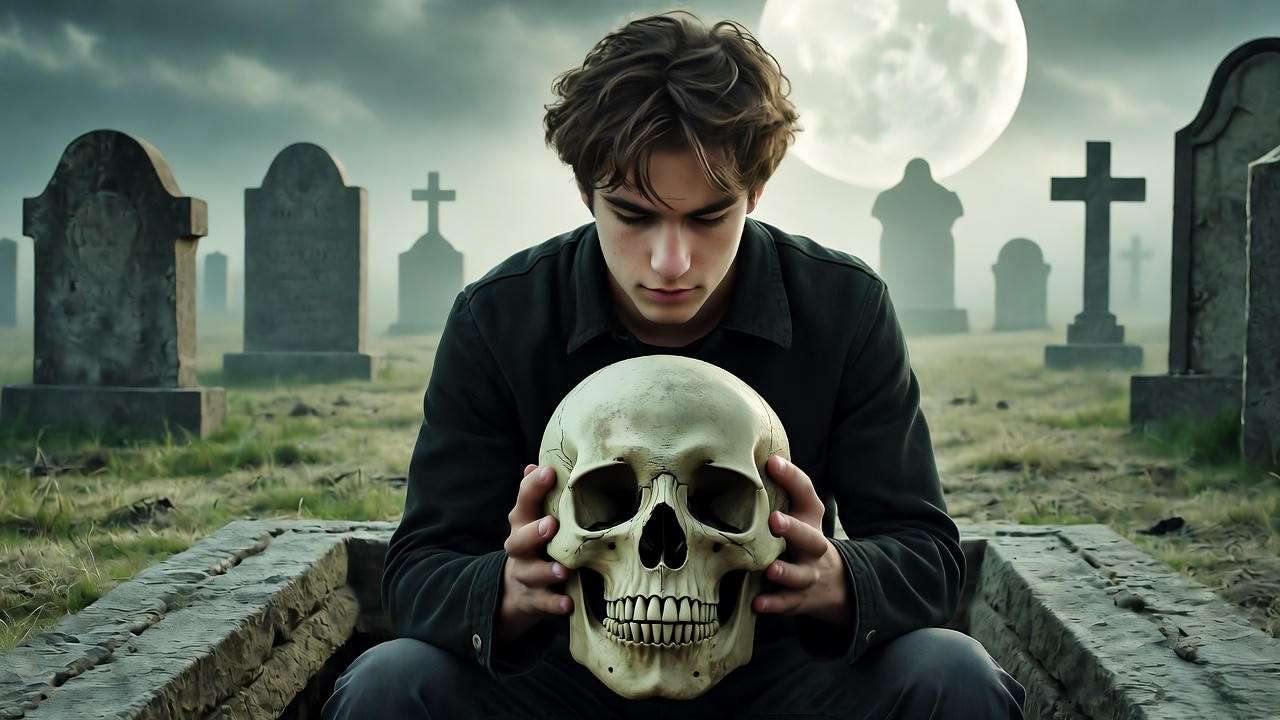
Hamlet is steeped in imagery of death, from the Ghost’s spectral presence to the graveyard scene’s grim humor. Yorick’s skull becomes a tangible symbol of mortality, forcing Hamlet to confront life’s impermanence. Lines like “Something is rotten in the state of Denmark” underscore decay, both literal and moral. This theme resonates with readers reflecting on loss or the passage of time, making Hamlet a profound meditation on what it means to be human.
How to Read and Understand Hamlet Like an Expert
Tips for First-Time Readers
Approaching Hamlet can feel daunting, but a few strategies can make it accessible. Start with an annotated edition, such as the Arden Shakespeare or Folger Shakespeare Library’s versions, which provide glosses for archaic words and historical context. Reading aloud or listening to an audiobook can bring the language to life, capturing its rhythm and emotion. Alternatively, watching a performance before diving into the text—such as the Royal Shakespeare Company’s productions—helps visualize the story. For free resources, the Folger Shakespeare Library offers digital texts and study guides, making Hamlet approachable for beginners while deepening understanding for seasoned readers.
Engaging with Soliloquies
Hamlet’s soliloquies are its heartbeat, offering direct access to the prince’s mind. Take the soliloquy “O, what a rogue and peasant slave am I” (Act 2, Scene 2). Here, Hamlet berates himself for his inaction, comparing himself to an actor who summons passion effortlessly. To unpack it, break it down line by line: “What’s Hecuba to him, or he to Hecuba, / That he should weep for her?” reveals Hamlet’s envy of the actor’s emotional freedom. Try reading soliloquies slowly, noting shifts in tone or imagery, to grasp their emotional weight. This approach transforms dense passages into vivid windows into Hamlet’s soul.
Contextualizing Elizabethan England
Understanding Hamlet’s historical context enriches its meaning. Written around 1600, the play reflects Elizabethan anxieties about succession, religious upheaval, and political intrigue. The Ghost’s Catholic undertones—purgatory was a contested concept in Protestant England—add ambiguity to its motives. James Shapiro’s 1599: A Year in the Life of William Shakespeare details how these tensions shaped Shakespeare’s work. By grasping this backdrop, readers can see why Hamlet’s indecision mirrors a society grappling with uncertainty, making the play’s stakes feel immediate and relatable.
Hamlet in Performance: Bringing the Text to Life
Iconic Stage and Screen Adaptations
Hamlet shines brightest in performance, where actors and directors breathe life into its words. Laurence Olivier’s 1948 film emphasizes Hamlet’s psychological torment, with a moody, black-and-white aesthetic. In contrast, Kenneth Branagh’s 1996 adaptation uses vibrant visuals to highlight the court’s opulence, emphasizing political intrigue. David Tennant’s 2009 Royal Shakespeare Company performance captures Hamlet’s wit and vulnerability, making it ideal for modern audiences. Each interpretation—whether Olivier’s brooding prince or Tennant’s frenetic energy—reveals new facets, showing how Hamlet adapts to different eras and artistic visions.
Directorial Choices and Their Impact
Directors shape Hamlet by emphasizing specific themes. For example, Gregory Doran’s 2009 RSC production focused on surveillance, using cameras to mirror Denmark’s paranoid atmosphere—a nod to modern privacy concerns. Conversely, Michael Almereyda’s 2000 film sets Hamlet in a corporate world, with Ethan Hawke’s Hamlet as a disaffected heir, highlighting capitalist critique. These choices affect how audiences perceive characters: a director might portray Ophelia as a victim of patriarchy or a subversive figure. Exploring these variations helps readers appreciate Hamlet’s flexibility and relevance across contexts.
Why Performance Matters
Seeing Hamlet performed—whether live or via streaming platforms like Globe Player—reveals its emotional and dramatic power. Stage productions highlight physicality: Hamlet’s fencing duel with Laertes becomes a visceral climax. Film adaptations, meanwhile, use close-ups to capture subtle expressions, like Hamlet’s anguish during soliloquies. Performances also clarify pacing; the play’s four-hour runtime condenses into a tight narrative on stage. For readers, watching a production can illuminate ambiguous moments, such as Ophelia’s mad scene, making Hamlet’s emotional depth more tangible and engaging.
Common Questions and Misconceptions About Hamlet
Is Hamlet Really Mad?
The question of Hamlet’s madness is central to the play’s intrigue. His erratic behavior—insulting Polonius or staging the “Mousetrap” play—suggests madness, yet his soliloquies reveal calculated intent. Scholars like Stephen Greenblatt argue Hamlet’s madness is a strategic mask to deflect suspicion, though others, like psychoanalytic critics, see genuine mental strain from grief and betrayal. Textual evidence, like his coherent plan to test Claudius, leans toward feigned madness, but the ambiguity invites debate. This question encourages readers to explore how mental health shapes behavior, a topic resonant with modern audiences.
Why Does Hamlet Delay His Revenge?
Hamlet’s procrastination frustrates and fascinates readers. He has opportunities to kill Claudius—like during the prayer scene (Act 3, Scene 3)—but hesitates, citing moral and spiritual concerns. Some scholars attribute this to his intellectual nature, overthinking every action. Others, like Freud, suggest subconscious conflicts, such as guilt over his mother’s remarriage. Dramatically, the delay sustains tension, driving the tragedy forward. For readers, this lens offers insight into decision-making paralysis, a universal struggle when facing high-stakes choices.
What’s the Deal with the Ghost?
The Ghost of King Hamlet is a pivotal figure, but its nature is ambiguous. Is it a genuine spirit seeking justice or a demonic force manipulating Hamlet? Elizabethan audiences, familiar with Catholic purgatory, might lean toward the former, while Protestant skepticism suggests the latter. The Ghost’s vivid descriptions of murder and betrayal fuel Hamlet’s mission, yet its unreliability adds mystery. This ambiguity invites readers to question trust and motive, mirroring real-world dilemmas about discerning truth in conflicting narratives.
How Hamlet Inspires Modern Creativity
Hamlet in Pop Culture
Hamlet’s influence permeates pop culture, reimagined in countless forms. Disney’s The Lion King mirrors its plot—Simba as Hamlet, Scar as Claudius—translating revenge into a family-friendly narrative. The TV series Sons of Anarchy draws on Hamlet’s themes of loyalty and betrayal, with Jax Teller echoing Hamlet’s conflicted heroism. These adaptations show how Hamlet’s core conflicts—family, power, morality—resonate across genres, offering readers fresh ways to connect with Shakespeare’s ideas through familiar media.
Writing Your Own Hamlet-Inspired Work
Hamlet inspires creators to reimagine its themes. Writers can craft modern adaptations, like setting the story in a dystopian future where Hamlet uncovers a corporate conspiracy. Try this prompt: “Reimagine Hamlet as a hacker exposing a tech mogul’s crimes.” Students can analyze Hamlet in essays, focusing on a single theme, like madness, or compare it to modern works. Tips include grounding your work in Hamlet’s emotional core and experimenting with its structure, such as using a soliloquy-style monologue to reveal a character’s thoughts.
Hamlet endures because it is not one story but many. Through the 7 Hamlets—tragic hero, psychological study, political thriller, philosophical meditation, feminist critique, theatrical experiment, and cultural mirror—we uncover its boundless depth. Each lens reveals new insights, from the personal struggle of indecision to the societal critique of power. Reread Hamlet with an annotated text, watch a performance like Branagh’s or Tennant’s, or join a book club to share your thoughts. What’s your favorite Hamlet adaptation or interpretation? Share in the comments to keep the conversation alive.
FAQs
What is the main theme of Hamlet?
Hamlet intertwines revenge, morality, and existentialism. Hamlet’s quest to avenge his father grapples with ethical dilemmas, while his soliloquies probe life’s meaning, making the play a rich exploration of human conflict.
Why is Hamlet considered Shakespeare’s greatest work?
Its complexity, universal themes, and psychological depth set it apart. Scholars like Harold Bloom praise its innovative character development, while its adaptability across cultures cements its status as a literary masterpiece.
How long does it take to read or watch Hamlet?
Reading Hamlet takes 3–4 hours, depending on familiarity and edition. Performances typically run 2–3 hours, with some directors cutting scenes for brevity.
What’s the best version of Hamlet for beginners?
The Folger Shakespeare Library’s annotated text is ideal for its clear notes. For performances, Kenneth Branagh’s 1996 film offers an accessible, visually engaging entry point.

